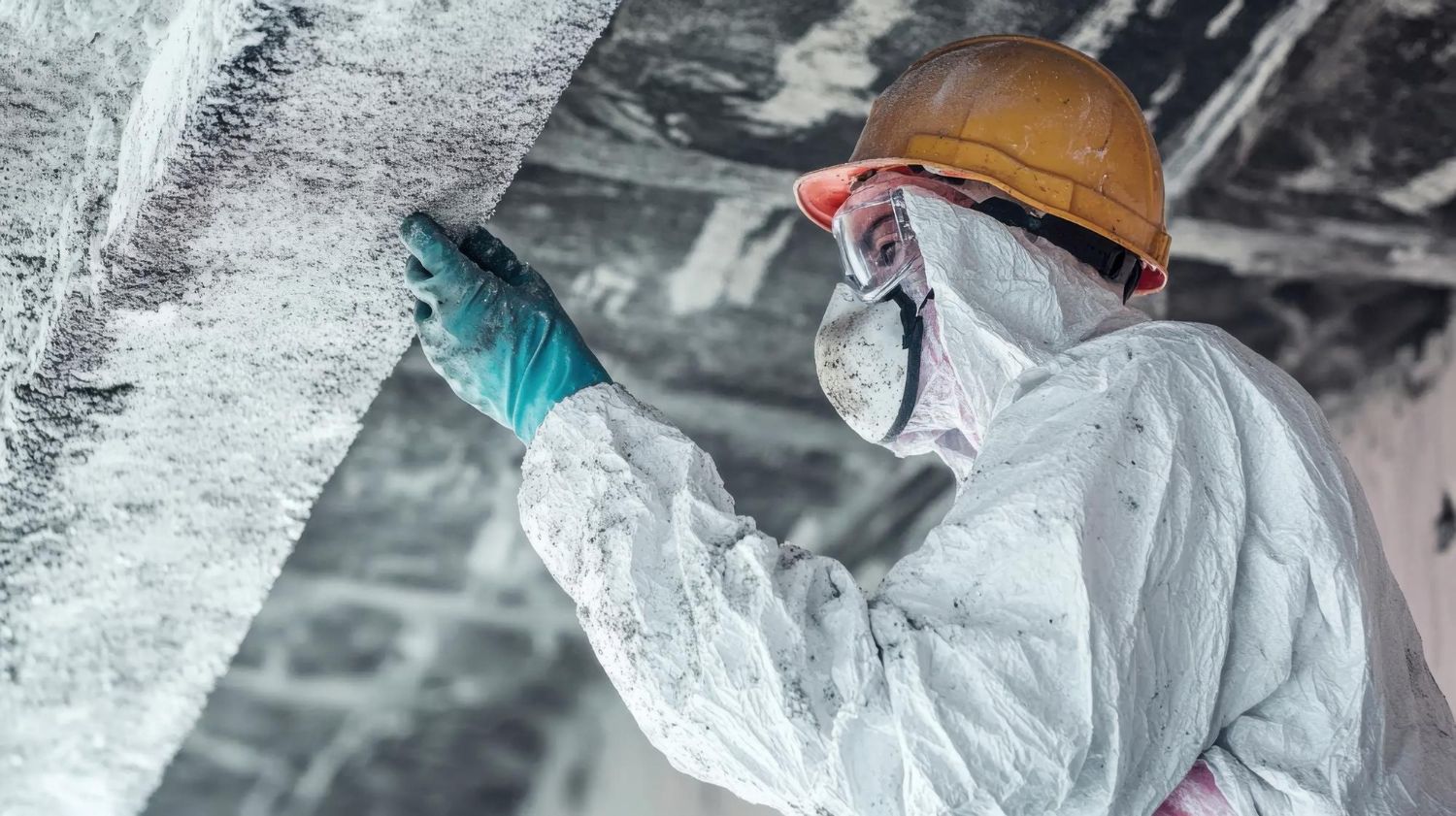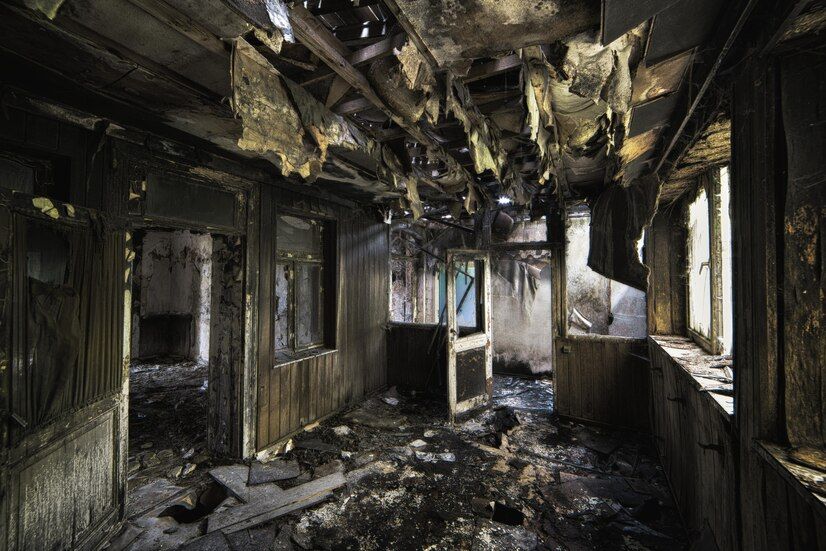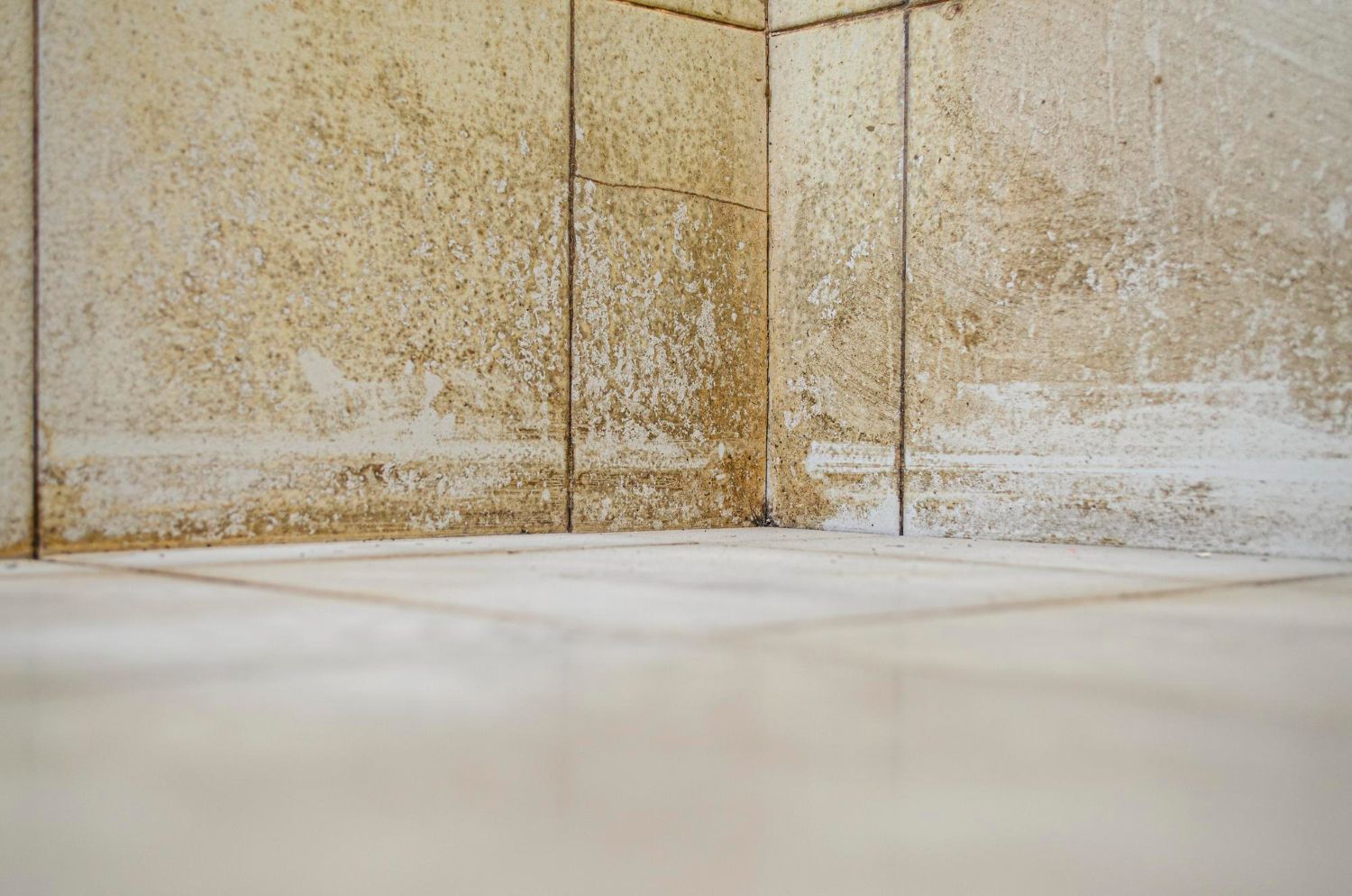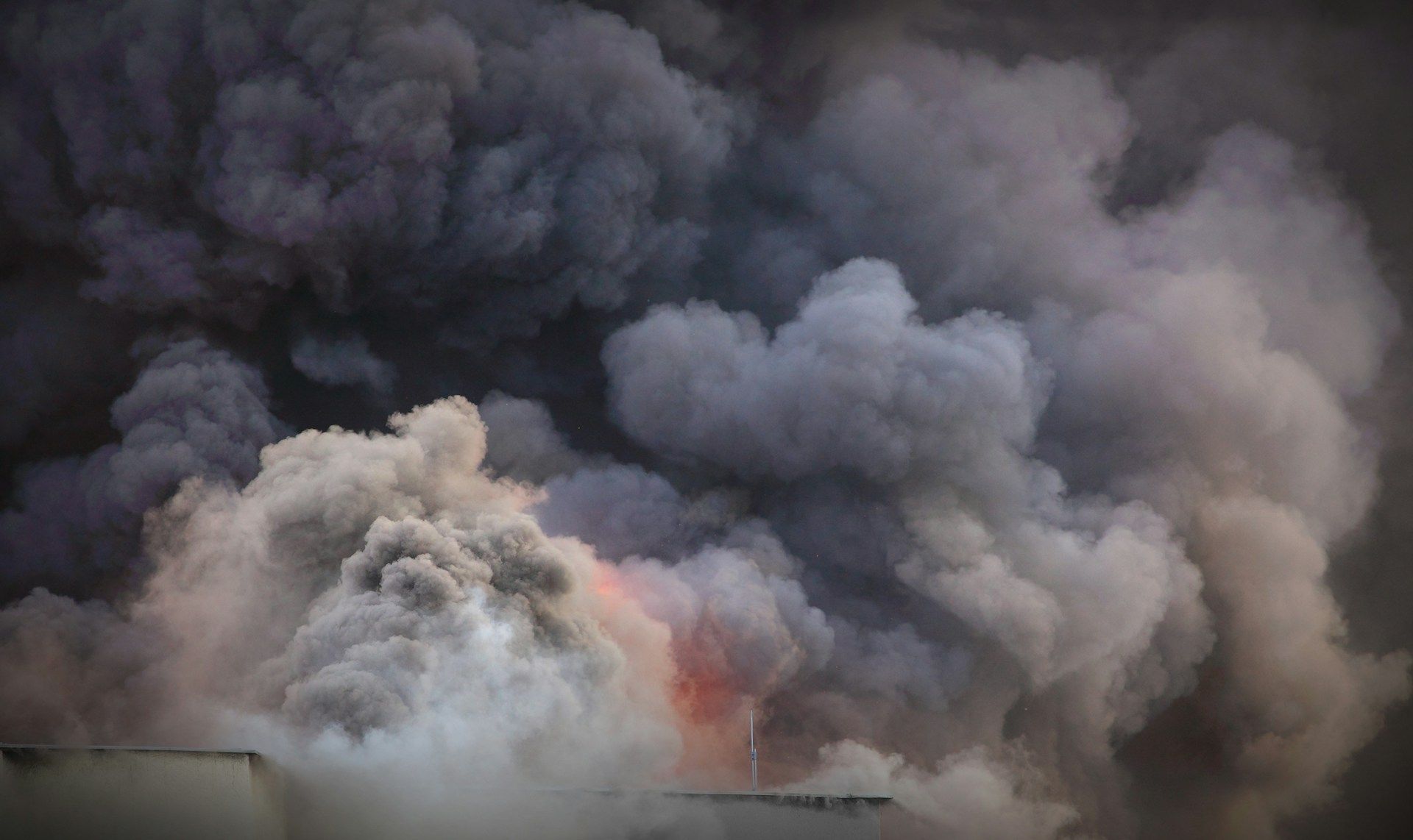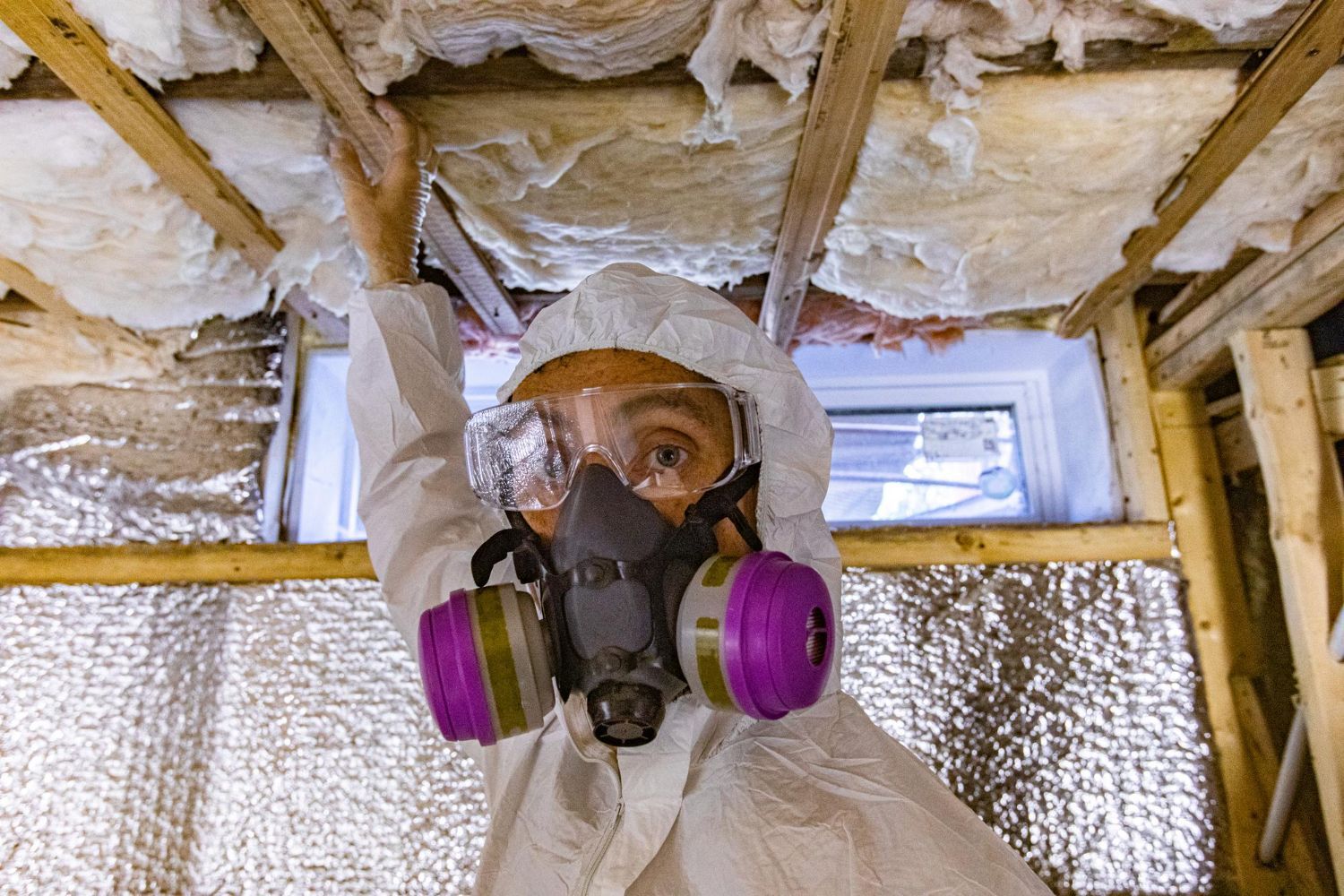Asbestos was once hailed as a miracle material in construction due to its fire-resistant and insulating properties. However, many older homes still harbor asbestos, posing hidden health risks to their inhabitants. Families living in these homes may unknowingly face exposure that could affect their health over time.
Understanding asbestos and its potential dangers is important for anyone living in or caring for an older home. Asbestos fibers, when disturbed, become airborne and can be inhaled, leading to serious health problems. Early identification and professional handling of asbestos are key steps in safeguarding your home and family from these risks.
Addressing asbestos in older homes is more than just a maintenance task; it’s about ensuring a safe and healthy living environment. By being informed and taking the right steps, homeowners can eliminate these hazards effectively, with peace of mind.
What is Asbestos and Where is it Found?
Asbestos is a naturally occurring mineral known for its strong fibers and heat resistance. It was widely used in building materials, especially in homes built before the 1980s. People appreciated its insulating and fireproof properties, making it a popular choice in the construction industry. Unfortunately, what was once considered a cost-effective solution is now recognized as a significant health hazard.
In older homes, asbestos might be lurking in several places. You can commonly find it in:
- Insulation in attics and walls
- Roofing shingles
- Floor tiles and vinyl flooring
- Ceiling tiles and coatings
- Siding materials
These materials are often not a threat when left undisturbed. However, they can become dangerous when they’re damaged, cut, or worn down, releasing asbestos fibers into the air. Understanding where asbestos might be hiding in your home helps you take the necessary precautions.
This knowledge is crucial when considering renovations or repairs, as these activities could potentially disturb asbestos-containing materials, leading to health risks for everyone in the home.
Health Risks Associated with Asbestos Exposure
Asbestos fibers pose a serious threat to health when they become airborne and are inhaled. The tiny, sharp fibers can deeply embed into lung tissue, where they remain, causing damage over time. This exposure can lead to several severe health conditions.
Some of the most common diseases linked to asbestos exposure include:
1. Mesothelioma: A rare and aggressive cancer that affects the lining of the lungs, chest, or abdomen.
2. Asbestosis: A chronic lung disease that causes scarring of lung tissue, leading to difficulty breathing.
3. Lung Cancer: Prolonged exposure significantly increases the risk of lung cancer.
Health problems related to asbestos may not appear until years after exposure, which is why recognizing symptoms early is vital. Symptoms can include shortness of breath, persistent cough, and chest pain.
If you suspect that you have been exposed to asbestos, it is crucial to seek medical advice promptly. Early diagnosis can help manage symptoms and improve quality of life, emphasizing the importance of understanding asbestos’ effects on health.
Identifying Asbestos in Your Home
Identifying asbestos in your home begins with awareness of where it might be lurking. Visual cues can sometimes hint at its presence, but it’s crucial not to disturb materials. Older homes are likely to have asbestos in areas such as floor tiles, roofing, and insulation materials. Pipes wrapped in a fibrous white or gray coating might also contain asbestos.
Professional testing is the safest method to confirm asbestos. Trained experts will collect samples without causing fibers to release into the air. Disturbing potential asbestos materials can be hazardous, increasing health risks. Never attempt to remove or repair these suspicious materials yourself.
If you suspect asbestos, it’s best to hire a certified professional to assess and test the materials. They can guide you through the next steps, ensuring that your home remains a safe place for you and your family. Such caution not only ensures safety but also aligns with legal requirements for handling this hazardous material.
The Role of Professionals in Safe Asbestos Removal
When it comes to asbestos removal, leaving the task to professionals is crucial. Experts follow strict guidelines to ensure that asbestos is removed safely and thoroughly. They wear protective gear and use specialized equipment to prevent fibers from becoming airborne. This includes sealing off work areas and using negative air pressure to contain hazardous particles.
Professional asbestos removal complies with established regulations, ensuring the job is done right and without risk to occupants. Experts are trained in identifying all potential sources of asbestos, removing them strategically and disposing of them according to safety protocols.
Working with specialists ensures that removal and cleanup processes are not only efficient but also minimize health hazards. With professionals handling the task, homeowners gain peace of mind knowing their home is safe and compliant with safety standards.
Conclusion
Understanding and addressing asbestos risks in older homes is crucial for maintaining a healthy environment. With the right knowledge and professional help, homeowners can effectively address these hidden dangers. Awareness and action can transform a potentially hazardous home into a safe haven.
For any suspected asbestos in your home, contact Faulkner Restoration. Our skilled team provides comprehensive solutions to tackle asbestos safely and efficiently. Let us handle the risks, so you can focus on enjoying your home with confidence and peace of mind.
Reach out to our
damage restoration company today to ensure your home’s safety for years to come!
Contact Faulkner Restoration Today!
Faulkner Restoration will do everything we can to ensure your experience with us is excellent.

